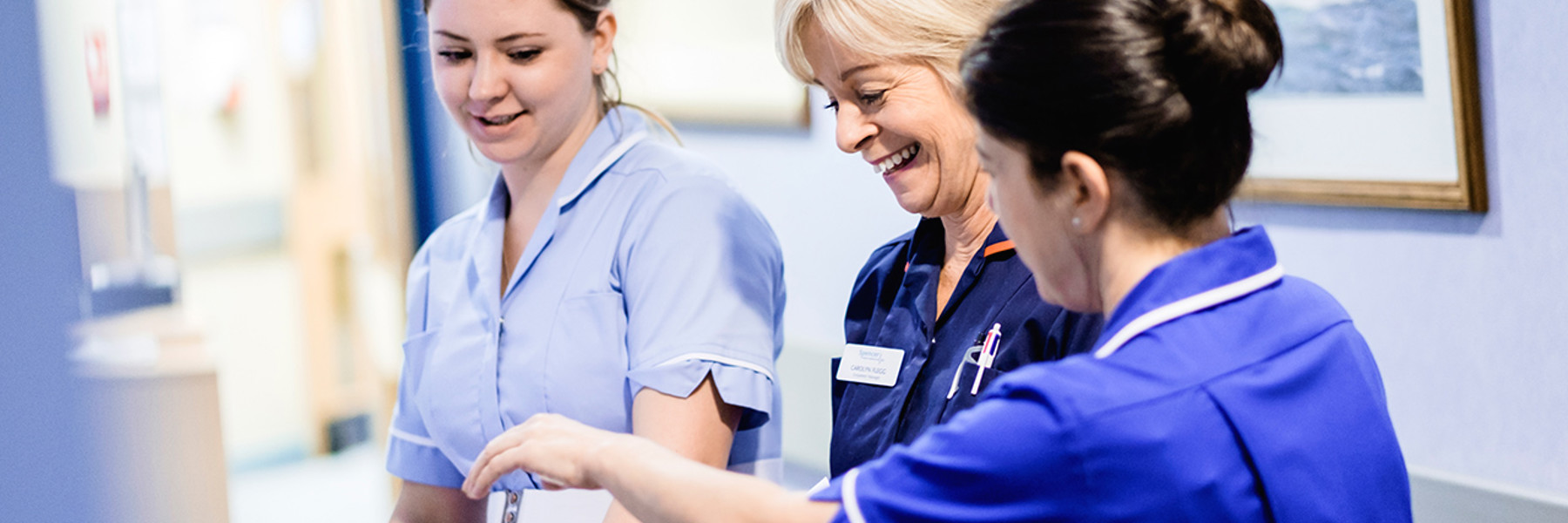Femoral Hernia Repair
A hernia occurs when an internal part of the body pushes through a weakness in the muscle or surrounding tissue wall. The muscles are usually strong and tight enough to keep your intestines and organs in place; however, a hernia can develop if there are any weak spots.
What is a Femoral Hernia?
A femoral hernia is an uncommon type of hernia. For every 20-groin hernias, it is estimated that only one of these are femoral hernias, the rest are inguinal hernias. A femoral hernia can sometime appear as a painful lump in the inner upper part of the thigh or groin. This lump can often be pushed back or will disappear when you lie down. They may also appear when you are coughing or straining.
How Femoral Hernia Repair is carried out?
A femoral hernia repair can be carried out as either open surgery or keyhole surgery (laparoscopic surgery). This surgery is usually carried out under general anaesthetic or local anaesthetic. The operation takes on average 30-45 minutes and you are usually able to go home the same day. Some people stay in hospital overnight if they have other medical problems or they live alone.
Open Surgery
In an open surgery procedure to repair a femoral hernia, the surgeon will make a single cut (incision) in your lower abdomen (tummy) or over the hernia. The femoral canal is a channel containing the main blood vessels and nerves leading to the thigh. During this surgery, this is opened, and the surgeon will then place the lump of fatty tissue or loop of bowel back into your abdomen. The femoral canal is then closed with a repair to the weak spot that let the hernia through. The incision that was made in the skin is then sealed with stitches. These are usually dissolvable and will disappear after few days following the operation.
However, if this hernia has become trapped (strangulated) and this had led to part of the bowel becoming damaged, this affected segment may need to be removed and the two healthy ends re-joined together. This operation is on a bigger scale and you may need to stay in hospital for four to five days.
Laparoscopic (Keyhole) Surgery
When keyhole surgery is used to repair a femoral hernia, three small incisions are made instead of a single larger incision. One of the incisions will be made below the belly button and two incisions are made at the sides of this main incision. A thin tube that contains a light source and a camera (laparoscope) is inserted in the larger of the incisions giving the surgeon a view of the inside of your abdomen.
Special surgical instruments will be inserted through the other incisions, to allow the surgeon to put the hernia back in place.
Following the repair being complete, the incisions that were made in the skin are sealed with stitches or surgical glue.
Recovering from Femoral Hernia Repair
Following the operation, you should be able to go home the day of or the following day. You will require a friend or family member to help transport you home, as you will be unable to drive. The operation will leave you with pain and discomfort in the groin area.
As with any operation, there are possibly side effects and complications. Discuss these with your surgeon before hand. However, if you develop any of the symptoms below then call your surgeon.
- Persistent Fever over 36 degrees centigrade
- Bleeding
- Increased swelling or pain in your abdomen
- Pain that cannot be relieved by painkillers
- Persistent nausea or vomiting
- Chills
- Persistent coughing or shortness of breath
- Increasing redness surrounding your incisions
- Difficulty passing urine
